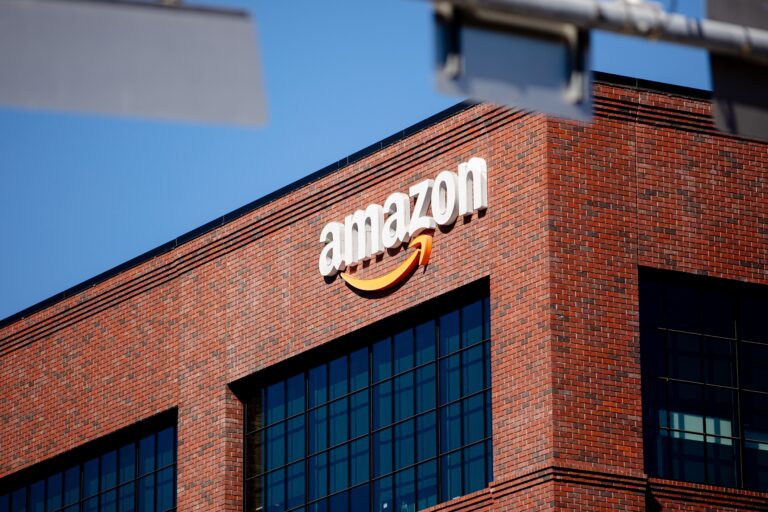Amazon is preparing to lay off tens of thousands of office employees as part of a sweeping corporate restructuring, multiple media reports say. The layoffs could begin as early as this week.
According to The Wall Street Journal and Reuters, the company plans to eliminate up to 30,000 positions. The move is part of a cost-cutting and efficiency drive led by CEO Andy Jassy, aimed at streamlining operations and refocusing company priorities.
Amazon declined to comment when contacted by international news organizations.
Largest workforce reduction since 2022
If confirmed, the layoffs would rank among the biggest in the tech sector this year. They would also mark Amazon’s largest corporate job cuts since 2022, when roughly 27,000 employees were dismissed over several months.
Reports from CNBC and The New York Times cited sources familiar with internal discussions. The outlets did not specify which departments or regions will be most affected.
Corporate employees hardest hit
The planned layoffs could affect around ten percent of Amazon’s corporate workforce. Despite the high number, the cuts represent only a small portion of the company’s total global staff of more than 1.5 million employees.
U.S. filings show Amazon employs roughly 350,000 corporate workers worldwide, including executives, managers, and sales professionals.
Pandemic hiring surge now reverses
During the Covid-19 pandemic, Amazon expanded rapidly to meet surging demand for online shopping and delivery services. The company added tens of thousands of employees as millions of customers shifted to e-commerce.
Now, under CEO Andy Jassy, Amazon is focusing on cost reduction and operational efficiency. The company is also investing heavily in artificial intelligence to boost productivity and streamline operations.
AI expected to reshape workforce
Jassy said in June that AI will significantly change staffing needs. Automation, he explained, will replace many routine tasks while creating new roles in emerging areas.
“We will need fewer people doing some of the jobs that are being done today,” Jassy said. “And more people doing new kinds of work that these technologies enable.”


